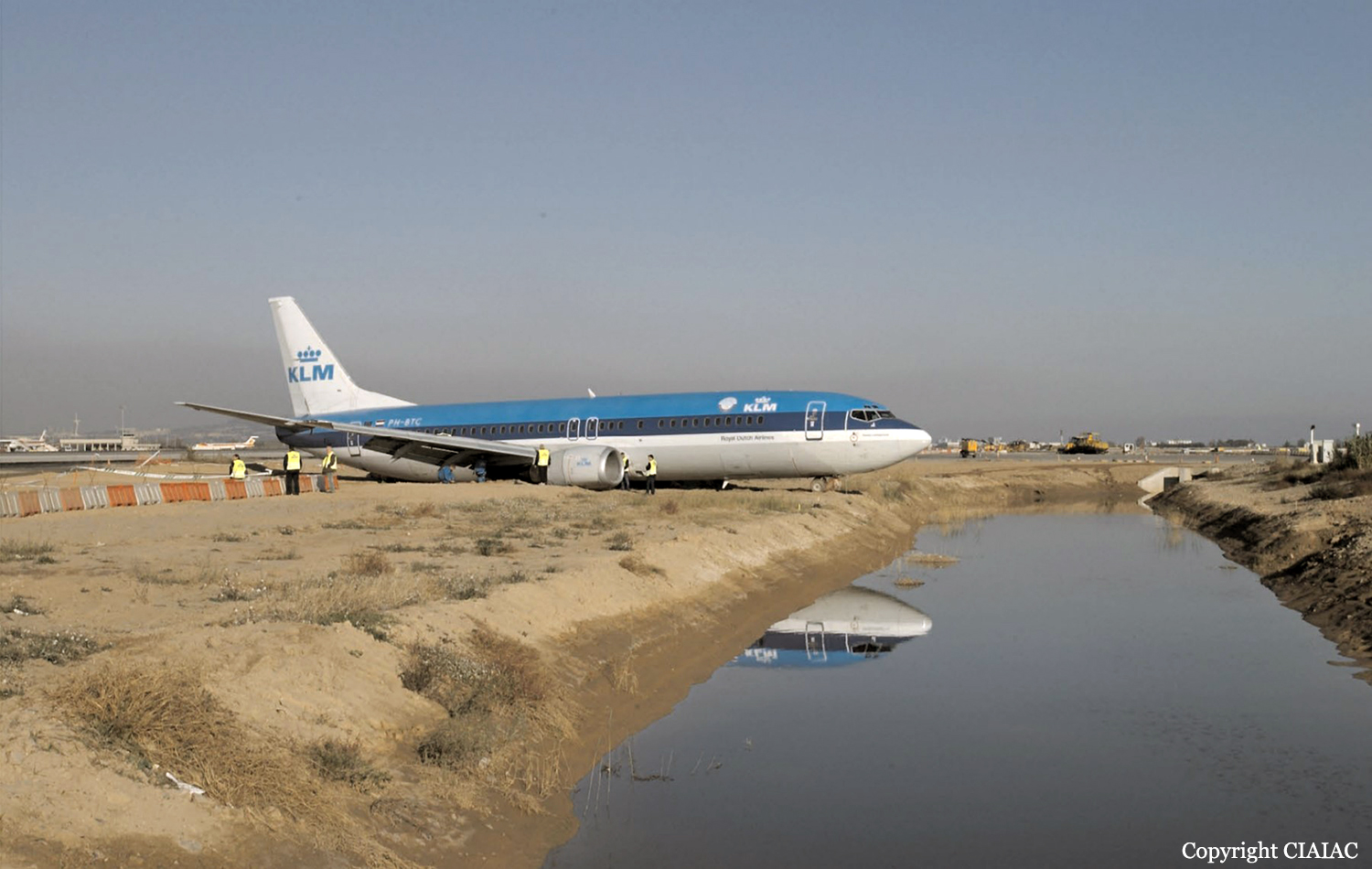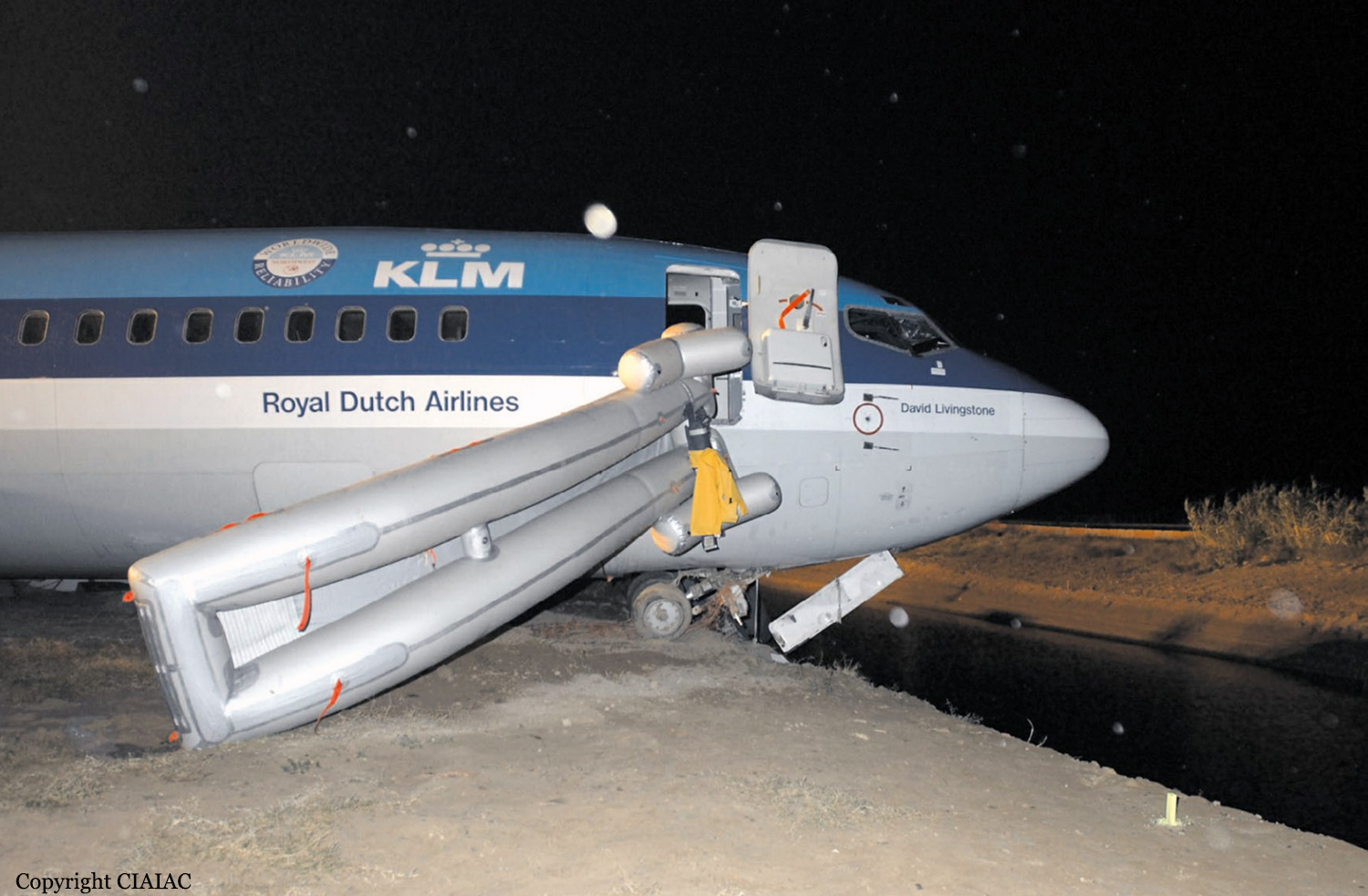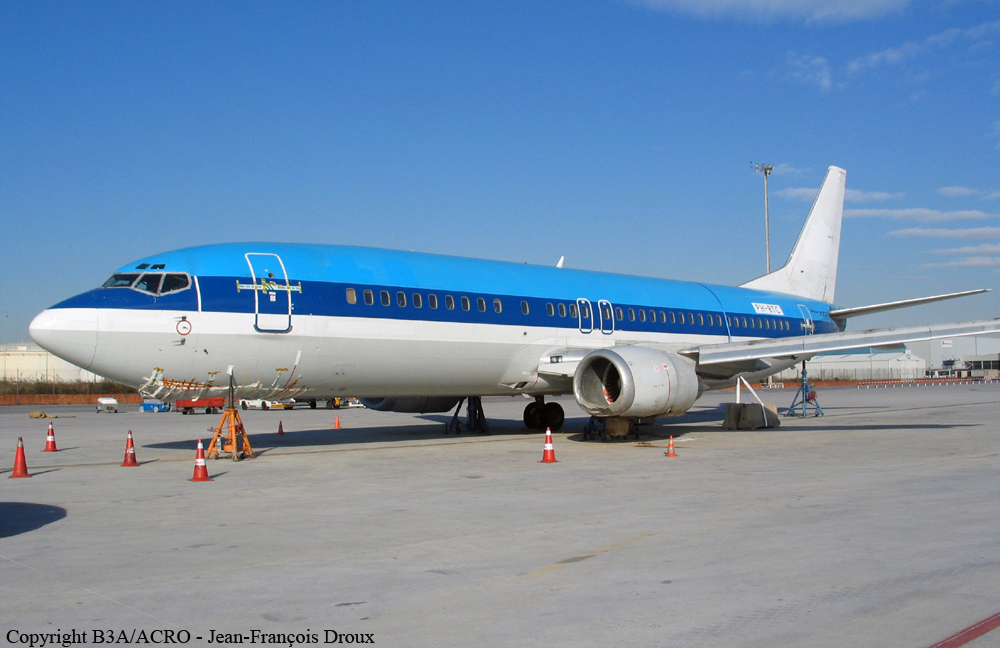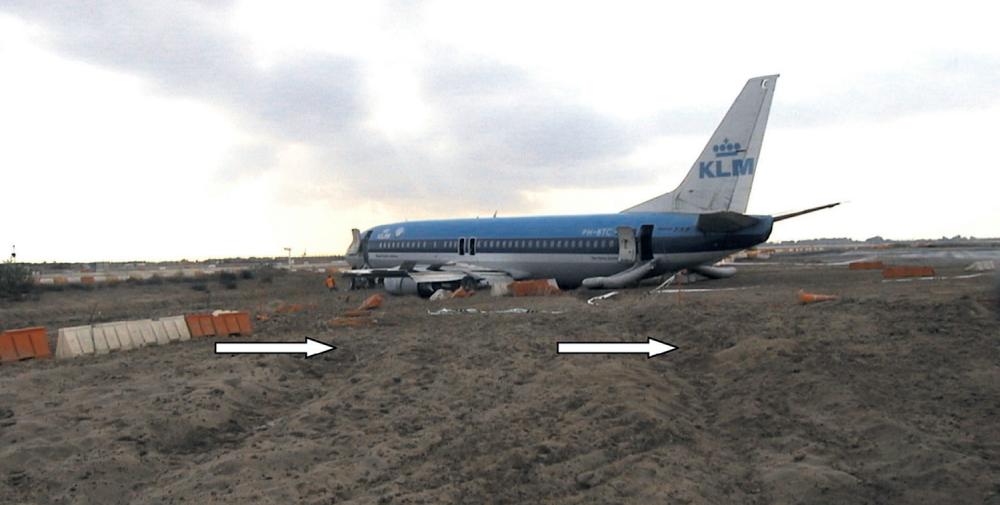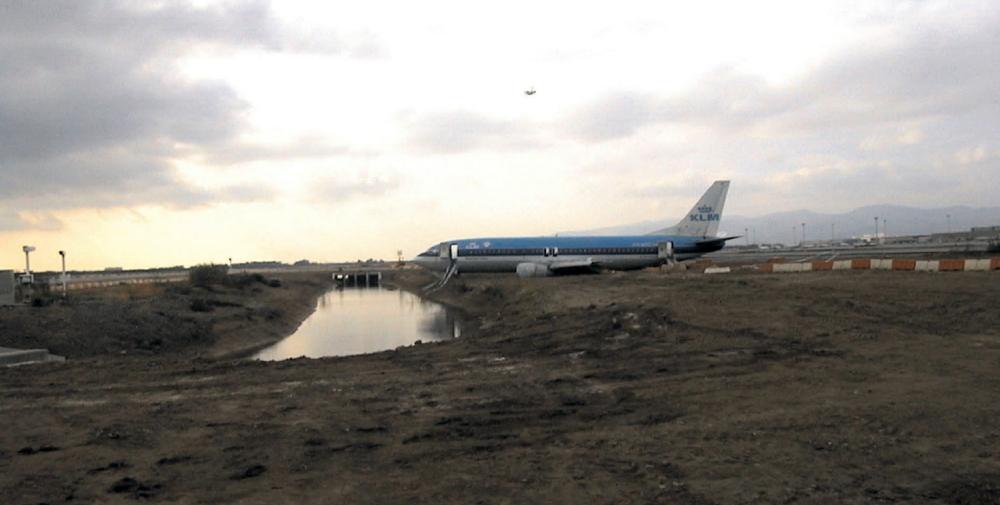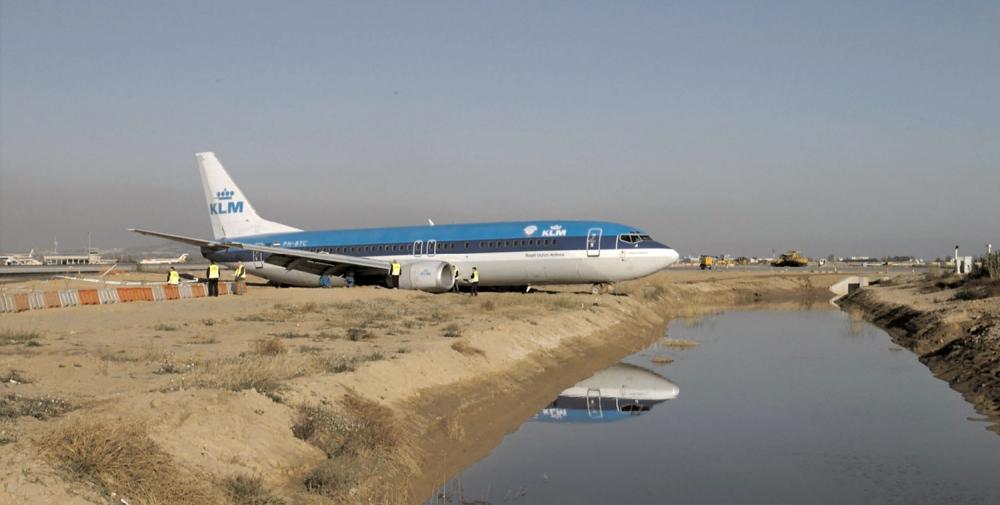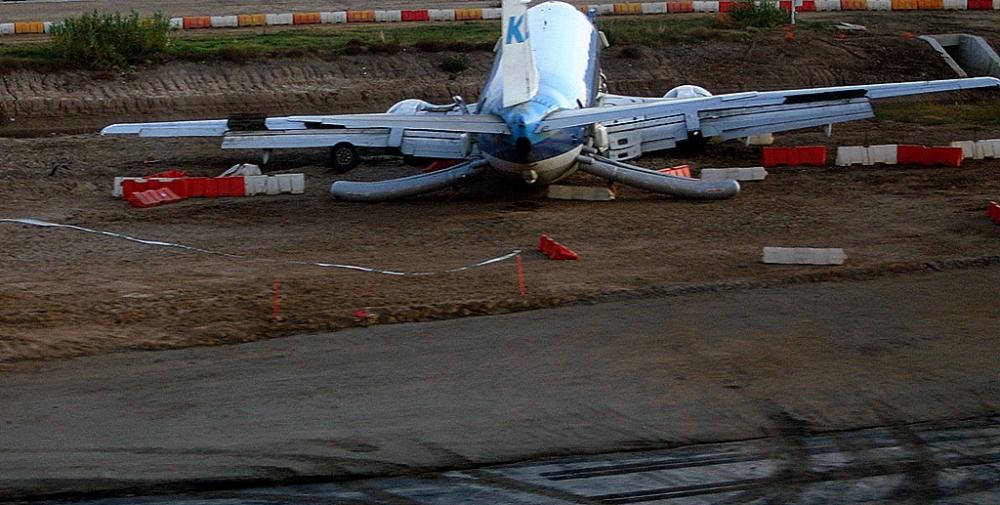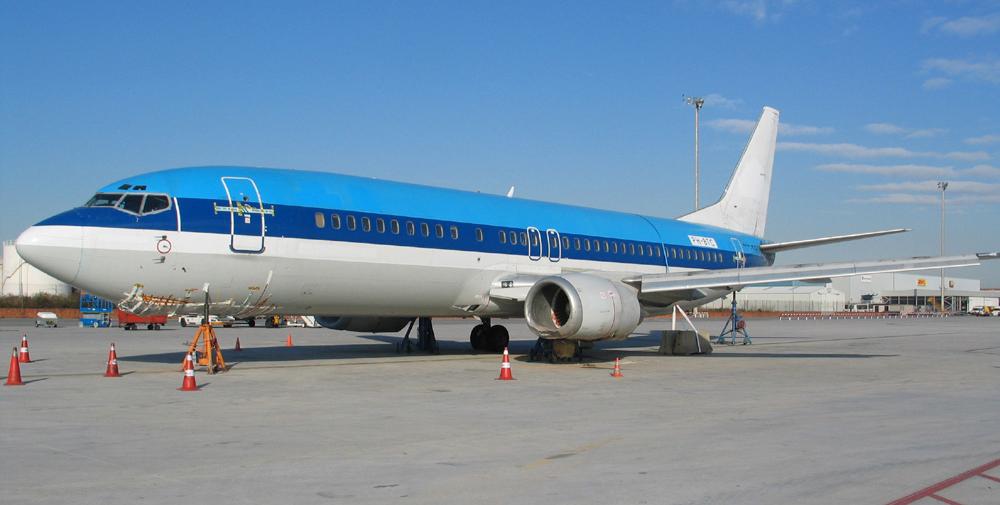Date & Time:
Nov 28, 2004 at 1850 LT
Type of aircraft:
Boeing 737-400
Registration:
PH-BTC
Flight Phase:
Landing (descent or approach)
Flight Type:
Scheduled Revenue Flight
Survivors:
Yes
Schedule:
Amsterdam – Barcelona
MSN:
25424
YOM:
1992
Flight number:
KL1673
Country:
Spain
Region:
Europe
Crew on board:
6
Crew fatalities:
0
Pax on board:
140
Pax fatalities:
0
Other fatalities:
0
Total fatalities:
0
Captain / Total hours on type:
5414
Copilot / Total hours on type:
1543
Aircraft flight hours:
31756
Aircraft flight cycles:
22156
Circumstances:
At 16:46 KLM Flight 1673 departed Amsterdam for Barcelona. Upon rotation from runway 18L the aircraft suffered a bird strike. A bird collided with the nose gear. The gear was retracted normally and there was no abnormal indication in the cockpit. The crew reported the impact to the ATC and the flight to Barcelona continued normally. The aircraft touched down on Barcelona's runway 25R. After touchdown of the nose landing gear, the aircraft started deviating to the left of the runway centreline. The veering to the left continued and the aircraft left the paved surface of the runway and went through an area of soft sand where some construction works were being carried out. The nose landing gear leg collapsed rearwards and the left main landing gear leg detached from its fittings shortly before the aircraft came to a stop close to the edge of a rain drainage canal. The final position of the aircraft was at a longitudinal distance of approximately 1606 m from runway 25R threshold, and at a lateral distance of approximately 84 m from the runway centreline.
Probable cause:
It is considered that the accident probably happened because during the takeoff a bird strike broke one of the cables of the nose wheel steering system of the aircraft and jammed the other, which made that the nose wheels were rotated to the left during landing, causing a veering to the left that could not be arrested by full rudder deflection as the aircraft decelerated. The subsequent application of brakes and other actions by the crew could not avoid that the aircraft went outside the runway surface. The damages to the aircraft were increased by the condition of the runway strip due to the airport construction works. Contributing to the breaking of the cable was the fact that it was severely worn locally. The wear could be traced back to the incorrect application of grease to the cable system during maintenance. Despite the training and experience of the flight crew, they were unable to quickly recognize the possible cause of the deviation of the aircraft and to keep the aircraft on the runway.
Final Report:
PH-BTC.pdf4.25 MB



